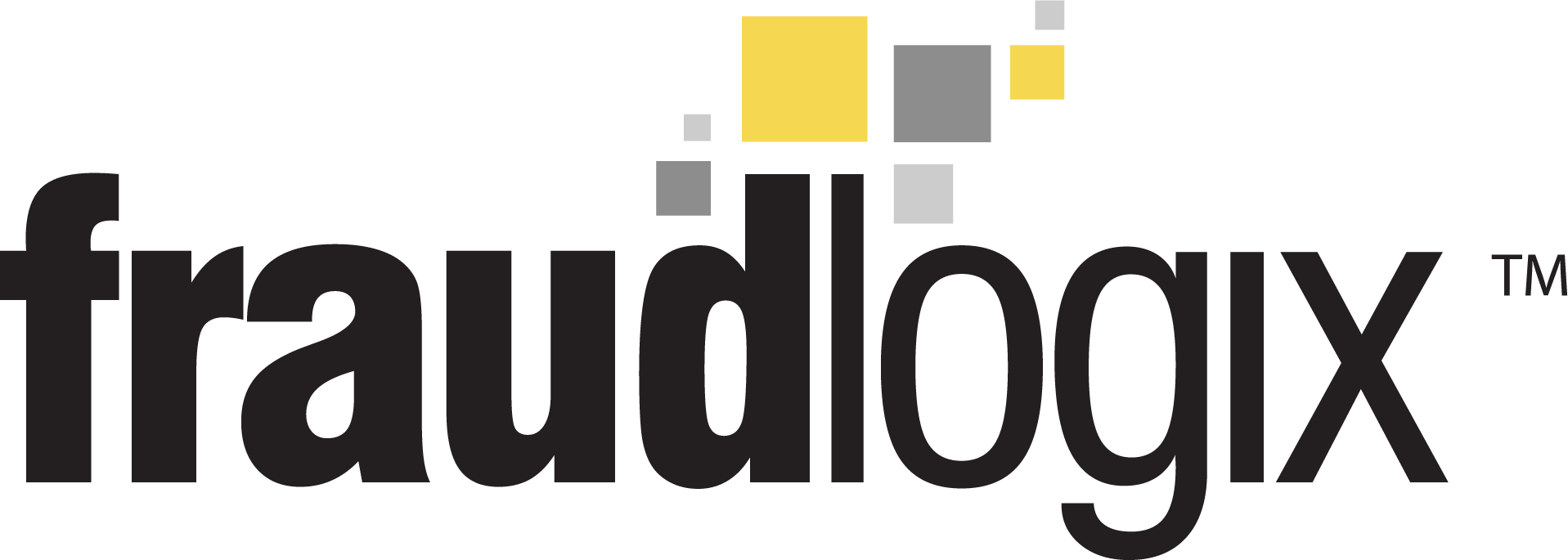Which types of traffic are real and which types are fraudulent?
Fraudulent traffic isn’t random. It doesn’t happen by accident. There’s a pattern to it, just as there’s a pattern to non-fraudulent traffic. Traffic that’s legitimate is made up of real, live people who visit your site while browsing the internet, looking you up on their smartphone, following a link from another trusted site or affiliate ad, to give a few examples, this traffic is verifiable and not from malicious sources. Since website traffic can increase when you advertise to your ideal audience by partnering with affiliates, it can result in more of the leads, sales, installs, and other site conversions you want.
Fraudulent traffic, however, does not come from potential customers. It comes from computer generated bots, malware-infected devices, data centers, and other sources that can mean big trouble for your marketing campaigns. As online marketing has grown as an industry, so has the risk for online advertising fraud. Dishonest online marketers and fraudulent affiliates may see your advertising campaign as a chance for them to earn a commission without doing the honest work you expect them to do. These fraudulent marketers will send fake traffic to your site, resulting in actions that essentially go nowhere. Fraudulent affiliates may create fake leads using other people’s information and send clicks to your site by installing a hidden app that will generate clicks. You, being an honest business owner or marketing and advertising manager, will unknowingly pay them a commission for each of these fake leads and clicks, unless you catch these fraudulent actions in time.
How can I detect fake traffic?
Fortunately, fake traffic can be detected. At Fraudlogix, we’ve been doing just that for the past ten years. Our ad fraud detection methodology lets us separate the real traffic from the fake. There are standard baselines that can be identified in real traffic, and anomalies that can indicate fraudulent activity. These deviations from normal traffic patterns can include:
- Browser sessions that are inconsistent
- Locations that don’t match up
- IP addresses that are linked to data centers
- Traffic from devices known to be dangerous
and more of the forty different anomalies we’ve identified while monitoring normal traffic patterns and online behaviors.
What’s the best way to block fraudulent traffic?
To detect and block fake traffic from your affiliate ad campaigns, our affiliate lead fraud and ad fraud solutions have got you covered. With a live IP blocklist and solutions to stop common types of affiliate fraud like lead, sale, and click fraud, we’ll provide you with the customized fraud detection you need. We’re here to answer your questions, contact us today or get a free test now. Keep your affiliate program safe, and keep your affiliates honest, with advanced pattern fraud detection from Fraudlogix.



